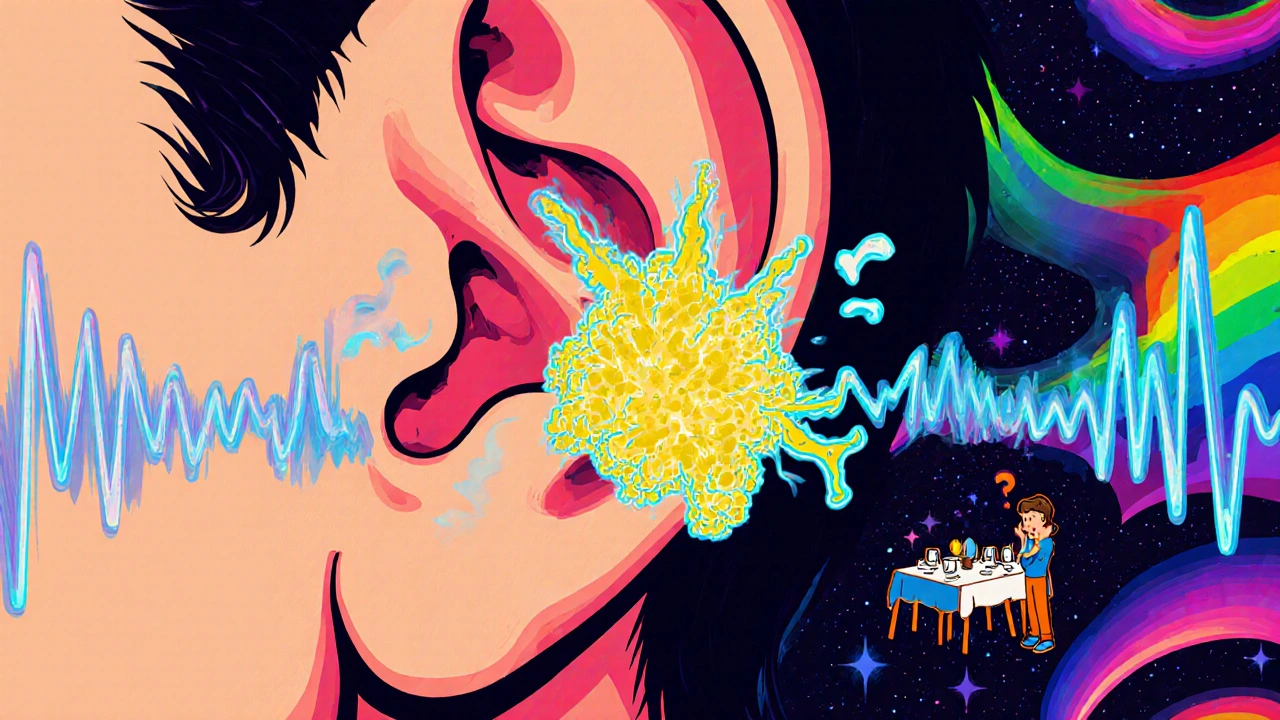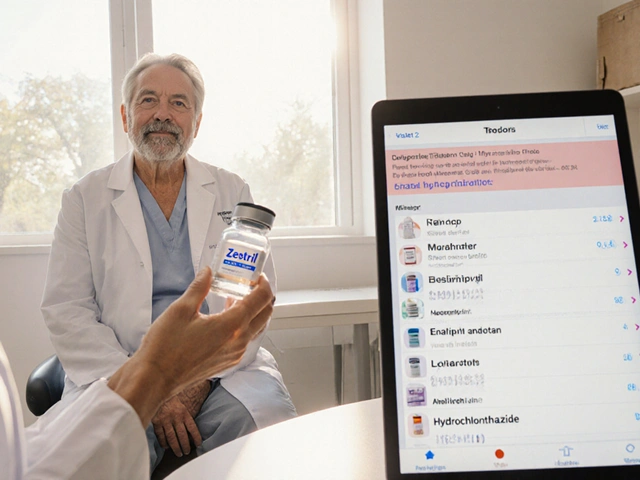Otosclerosis: What It Is, How It Affects Hearing, and What You Can Do
When your otosclerosis, a condition where abnormal bone growth in the middle ear prevents the stapes from vibrating properly, leading to progressive hearing loss. Also known as fenestra otica, it’s one of the most common causes of hearing loss in young adults, especially women. Unlike age-related hearing decline, otosclerosis hits earlier—often in your 20s or 30s—and it doesn’t just make things quieter. It makes sounds muffled, distant, like you’re hearing them through cotton. And here’s the kicker: it’s not caused by loud music or earwax. It’s your own body building bone where it shouldn’t.
This isn’t just about the ear canal. It’s about the auditory ossicles, the three smallest bones in the human body—malleus, incus, and stapes—that transmit sound from the eardrum to the inner ear. In otosclerosis, the stapes, the stirrup-shaped bone that connects to the inner ear gets stuck in place because new bone forms around it, locking it down. No movement means no sound waves reach the cochlea. That’s why people with otosclerosis often hear better in noisy rooms—it’s not magic, it’s contrast. Their brain compensates by focusing on louder sounds while filtering out the faint ones.
Genetics play a big role. If a parent or sibling has it, your risk jumps. Women are more likely to develop it, especially during pregnancy—hormones seem to speed up the bone remodeling. And while it’s not caused by infection, some studies link it to past measles virus exposure. The good news? It’s diagnosable. A simple hearing test will show a conductive hearing loss pattern, and your doctor can confirm it with a CT scan of the temporal bone.
So what do you do when your ears stop working right? You have options. Hearing aids help many people by amplifying sound, but they don’t fix the root problem. For those ready for a more permanent fix, stapedectomy, a surgical procedure where the fixed stapes is replaced with a prosthetic to restore vibration has been done successfully for decades. Success rates are high—over 90% in experienced hands. Recovery is quick, and most people notice better hearing within days.
Not everyone needs surgery. Some choose to monitor it, especially if the hearing loss is mild. Others try sodium fluoride supplements, which may slow bone growth in early stages. But there’s no pill that undoes the hardening. If you’ve noticed your hearing fading slowly, especially if you’re young and otherwise healthy, don’t ignore it. This isn’t something that fixes itself.
Below, you’ll find real-world advice from people who’ve been there—from managing daily life with hearing loss, to understanding the risks and rewards of surgery, to how certain medications might affect your condition. These aren’t theory pieces. They’re practical guides written for people who need answers, not jargon.
Otosclerosis: What Causes Abnormal Bone Growth in the Middle Ear and How It Affects Hearing
Otosclerosis is a common cause of hearing loss in adults under 50, caused by abnormal bone growth in the middle ear that locks the stapes in place. Learn how it affects hearing, who's at risk, and how surgery or hearing aids can restore hearing in 90% of cases.






